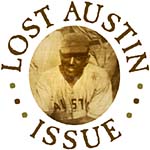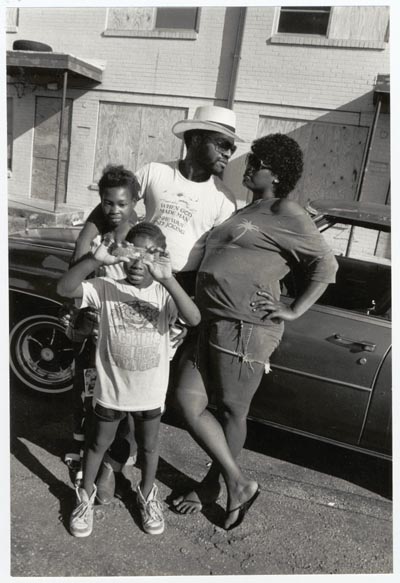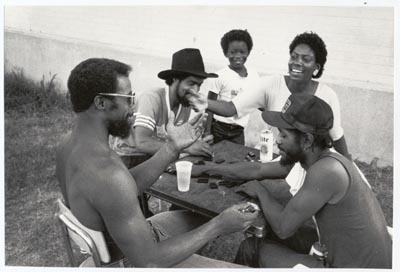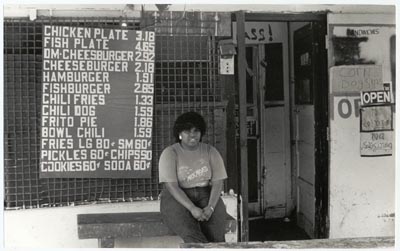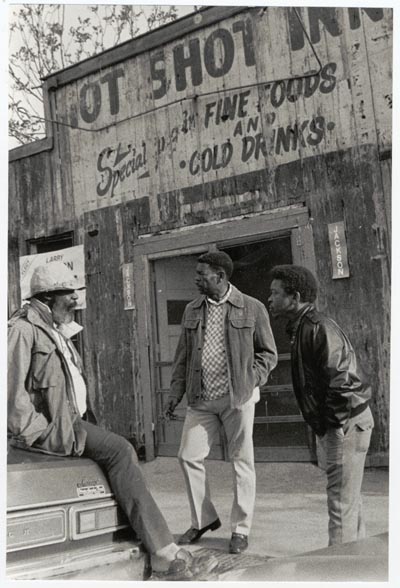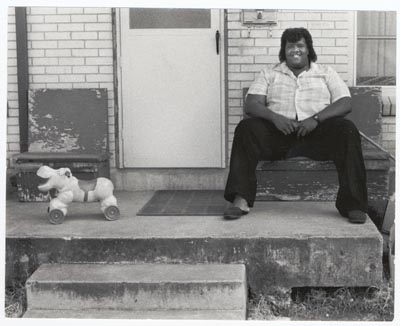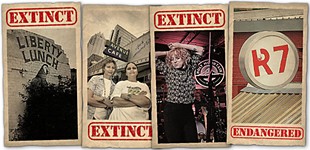Up for Grabs
How a Harlem-born photographer came to capture East Austin at the end of an Era
Introduction By Cindy Widner, Fri., July 4, 2003
It is entirely not an accident that photographer Steve Martin, along with Wendel White and Walter Griffin, set out to capture -- catalog, even -- East Austin right about the time Sixties-style urban renewal was seguing into an Eighties real estate boom. Developers (for-profit and non-) had turned their collective, acquisitive gaze to the area, and what once was a somewhat blighted but nonetheless cohesive, identifiable community was well aware of what it could lose.
Some of the buildings Martin documented stand almost unchanged, although their fate was unclear at the time. Other structures are, in fact, lost. But the buildings are secondary; Martin's real contribution to the project was his ability to artfully convey character -- of an individual and of a community. What he captures are social landmarks, expressive portraits of places made compelling by the people who inhabit them.
That's because Martin, a transplanted New Yorker (as were White and Griffin, as it turns out), fits quite easily into the tradition of grand street photographers. "His thing was finding beauty everywhere," says his son, Christopher Crane. "That's why he would go into these blown-out neighborhoods and take pictures of stuff that most people would run away from. But it wasn't sensationalized. It was things that you see anywhere that he'd find poignant."
Sylvia Orozco, executive director of Mexic-Arte Museum, underscores the value of Martin's "outsider" status: "Coming from a big city, it's almost as if he saw East Austin as a rural environment within a city, and saw the beauty of it that way." Martin's passion for the arts and community led him to help midwife the 1980s visual-arts scene in any number of ways, but his contribution as a documentarian shouldn't be understated. "I grew up in the Rosewood projects," says Louis Hicks, the George Washington Carver Museum's first director and curator, "and have seen the transformation of my neighborhood from a very vibrant, close community where everyone knew each other. I come back now, and it's a completely different city. It's good that people like Steve were there to capture the East Austin community at that time."
